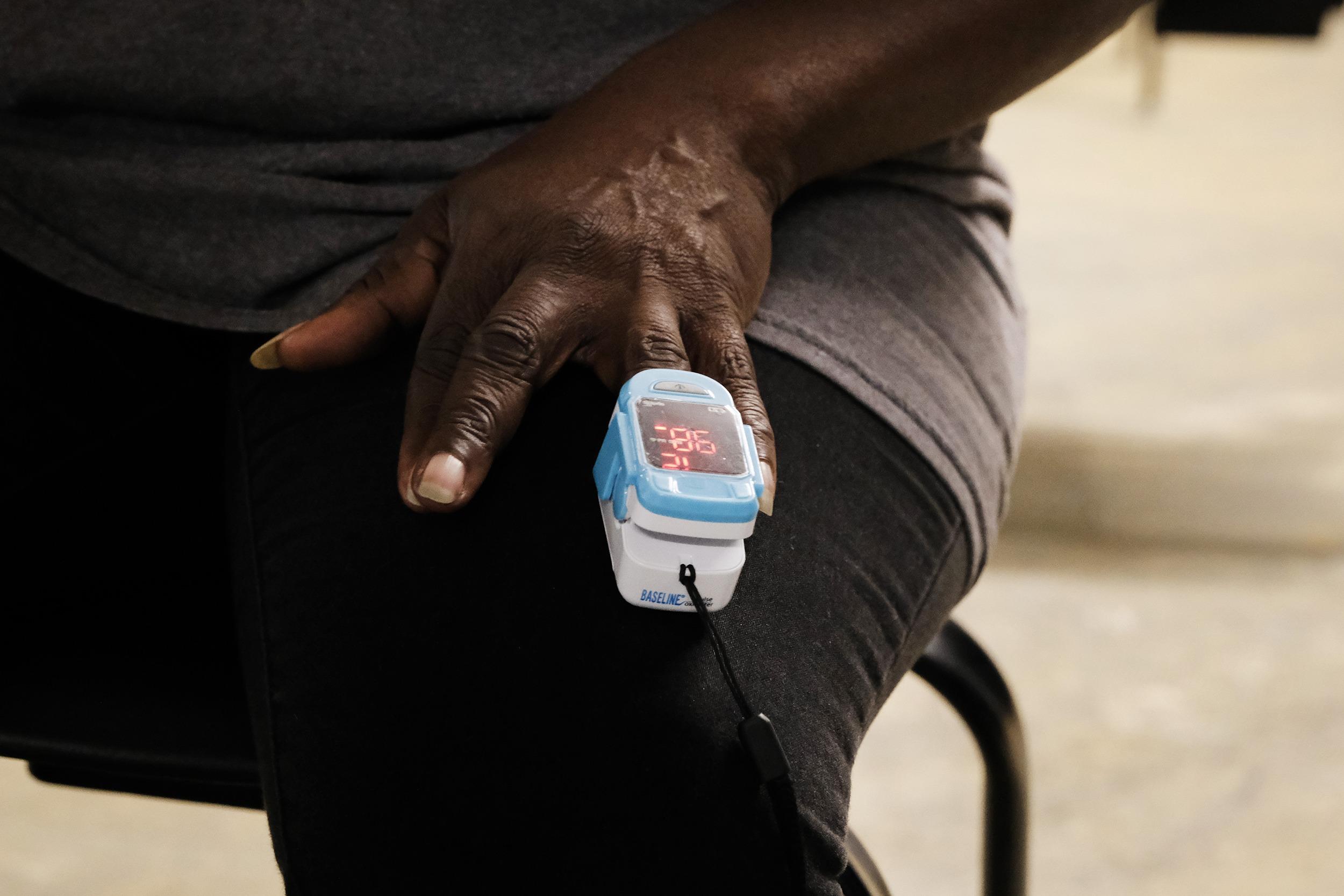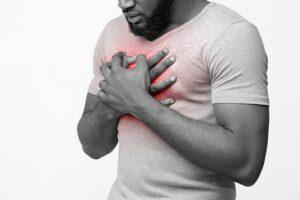African Americans and Hispanics are more likely to have inaccurate blood oxygen readings.
* According to a recent study, an important tool used to assess blood oxygen levels may not be right for Black and Hispanic patients.
* Pulse oximeters are worn on a person’s finger and can be used to assess how well the blood is oxygenated.
* This pulse oximeter data is critical for monitoring patients with COVID-19.
Pulse oximetry, a method of assessing blood oxygen saturation and informing COVID-19 treatment options, was found to be less accurate in black, Asian, and Hispanic patients, according to a new study.
A newly published trusted source study in JAMA Internal Medicine also found that black and Hispanic patients were more likely to delay or lose eligibility for COVID-19 therapy.
The findings support previous studies that suggest black and Hispanic patients are more likely to have erroneous pulse oximeter readings, which can lead to life-threatening delays in treatment.
Blacks and Hispanics are more likely to be hospitalized and die from COVID-19, according to Trusted Source. Last year, the Food and Drug Administration (FDA) told Trusted Source that pulse oximeters may be less accurate in black patients.
Read Also: Skincare: How to do care of your skin at night 2022
“This and previous studies show that people with more pigmented skin have lower pulse oximeter readings than people with fair skin.” Laura Vaughn, MD, and Assistant Professor of Clinical Medicine in Primary Care and Community Health at Stanford Medicine, says, “Both healthcare providers and individuals who use pulse oximeters in the home and for medical procedures need to consider this difference when using the data. ”
Non-white patients are more prone to have pulse oximeter errors.
Researchers examined the medical records of 1,216 people whose oxygen saturations were recorded using two separate methods: pulse oximetry and arterial blood gases, and found that oxygen levels were commonly elevated in Asian, Black, and Hispanic patients.
Oxygen saturation in black patients was 1.2 percent higher than in white patients. Hispanic patients were overestimated by 1.1 percent and Asian patients by 1.7 percent.
Compared to white patients, black and Hispanic patients were 29% and 23% less likely to receive treatment, respectively.
The researchers also examined data from more than 6,500 COVID-19 patients and concluded that more than 1,900 of them had excessive oxygen saturation, causing delays and failures in rescue efforts.
“The results of this study imply that pulse oximetry may not be sufficient to inform important treatment decisions based on arterial oxygen saturation, leading to potential under- or over-treatment, regardless of patient race or ethnicity,” they wrote researchers in the study.
Previous studies have identified racial bias in pulse oximeter readings. Inaccuracies in pulse oximeter readings increase the risk of death in black patients, according to a study published last year in the JAMA Network Open. According to another study published in Anesthesia & Analgesia, pulse oximetry increases oxygen levels in people with darker skin pigmentation compared to those with lighter skin pigmentation.
For More Health Tips Click Here






